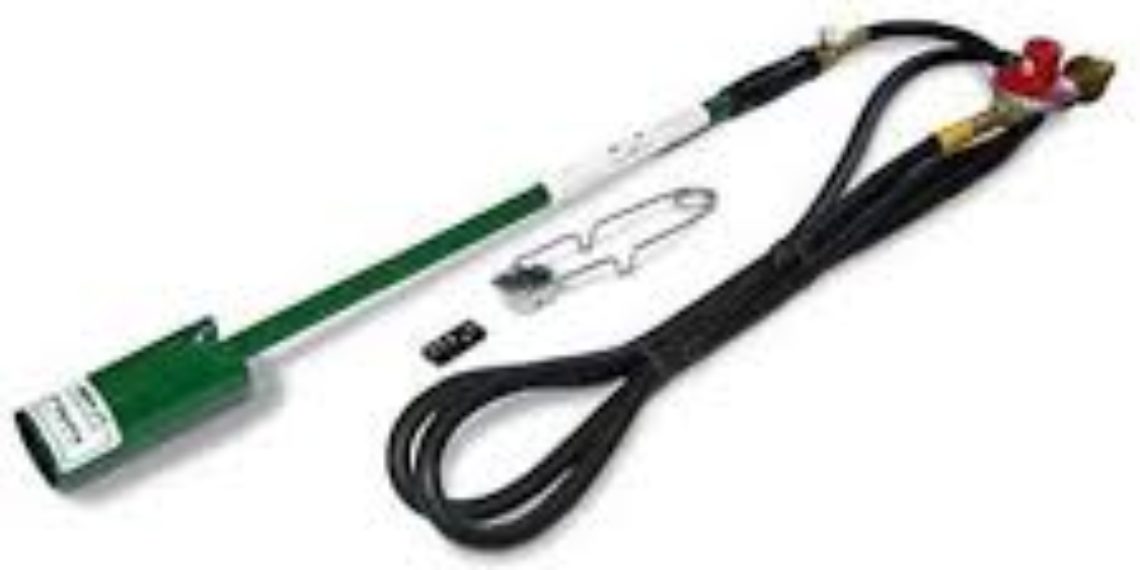Melt Weeds Away
Using a propane flame torch to wilt away weeds is a great alternative to herbicides or other traditional weeding methods. Proper use of a flame torch is safe and easy for gardeners and farmers alike.
Step 1: Choose a day when there are no burn notices in effect and wind movement is less than 2 miles per hour.
Step 2: Assemble the flame torch according to the manufacturer’s instructions. Test for potential gas leaks using a soapy water mixture. Do not proceed if there is any lingering propane odor.
Step 3: Wear protective clothing, including non-synthetic pants, leather gloves, and closed toed shoes. Tie back long hair.
Step 4: Do not use torch near flammable materials. Avoid mulch or plants with highly flammable sap, such as pine mulch, spruce trees and other conifers.
Step 5: Water the ground and surrounding vegetation to increase effectiveness and reduce danger. Avoid watering vegetation to be eliminated. Water will actually insulate plant cells from excessive heat.
Step 6: Keep a water hose or fire extinguisher handy while flame torch is in use.
Step 7: Begin by walking slowly past vegetation to be eliminated, focusing the heat on vegetation less than a moment. Burning away weeds and vegetation will stimulate growth. Heating vegetation, rather than burning it, will destroy the flow of water and nutrients through plant cells, causing the plants to die. It takes 1/10 of a second of heat from a flame torch to effectively eradicate vegetation.
Step 8: Move the torch slowly in a sweeping motion. Avoid any desirable plants or vegetation completely. For weeds in close proximity to existing plants, use the shovel portion of a spade to shield the desirable plant from excessive heat.
Step 9: When vegetation turns from a glossy sheen to a matt finish, flaming has been effective. Test effectiveness by turning off the torch flame and pressing the leaf of the plant between two fingers. If an impression is left on the leaf, the plant has been successfully eliminated.
Step 10: Use flamers in the spring and early summer when weeds are young and tender. Killing larger plants requires more heat and more fuel.
Step 11: Flaming kills annual weeds immediately. Killing perennial vegetation requires multiple flame passes two to three weeks apart. Heating vegetation multiple times eventually depletes the roots’ stored energy and causes the plant to die.
